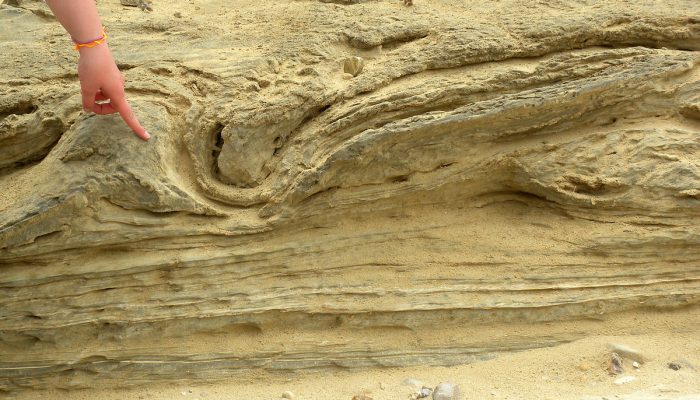
Today’s topic in Features of the Field is the well-known soft-sediment deformation; one of the most common phenomena which develop during, or shortly after deposition. The sediments; for this reason, need to be “liquid-like” or unsolidified for the deformation to occur. The most common places for soft-sediment deformations to form are deep water basins with turbidity currents, rivers, deltas, and shallow-marine areas with storm impacted conditions. Because these environments have high deposition rates, the sediments are allowed to be packed loosely.
Types of soft-sediment deformation structures;
Slumps; they generally occur in sandy shales and mudstones, but may also be present in limestones, sandstones, and evaporates. Thickness of slumps varies between 90 cm and 130 cm; their shapes can clearly be seen to be folds (Figure 1). Axes of these folds are horizontal or nearly horizontal (recumbent). They are a result of the displacement and movement of unconsolidated sediments in areas with steep slopes and fast sedimentation rates. Slump structures are related to tectonic activity.
Flame structures; they are mainly formed in sands, muds, and marls. The structures range from 5 to 30 cm in size (Figure 2) and are developed by mudstones which are injected into overlying sandstones. This injection is the result of large differences in dynamic viscosity between sediment layers. This makes fine-grained sediments behave as diapiric intrusions.
Soft-sediment deformation structures related to seismically induced liquefaction or fluidization are named as Seismites. Some researchers have been working on Seismites to reveal seismic history of an area.
In the field, some may define soft sediment structures as folds or something else by mistake. We should pay attention to the layers above and below these structures in order to avoid this mistake. This is because soft-sediment deformation structures are confined by non-deformed layers of the same formation.
Have fun..!
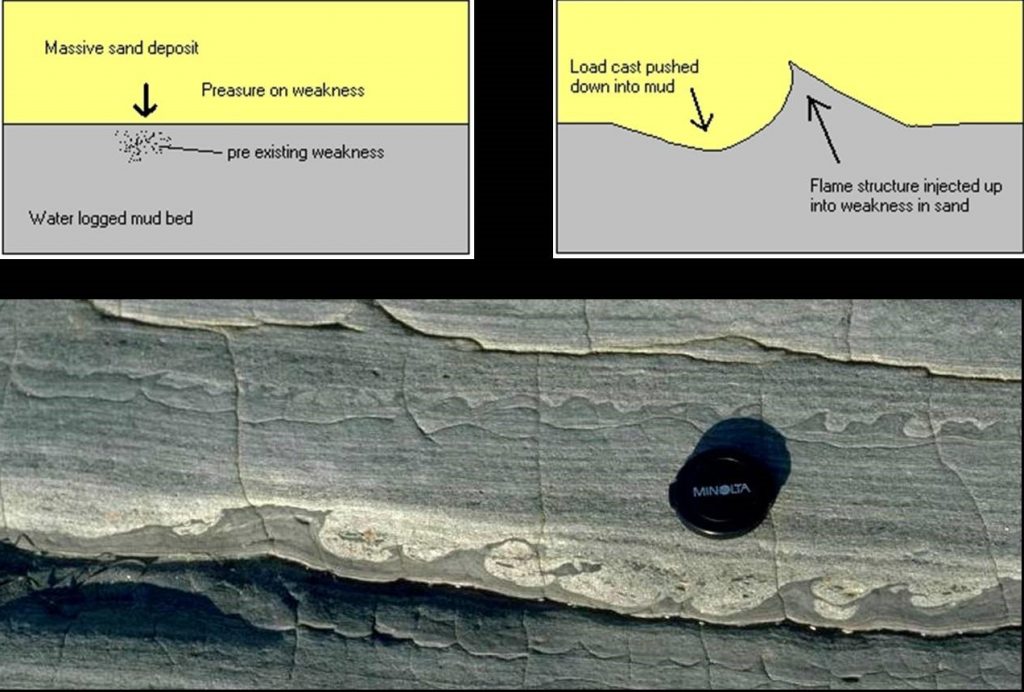
Figure 2. Developing of Soft Sediment Structures

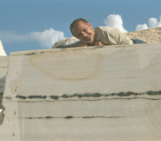
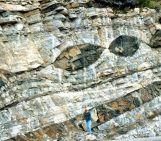
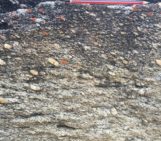
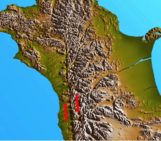
Pingback: GeoLog | Announcing the winner of the EGU Best Blog Post of 2016 Competition
ishean
Is it possible for a basalt- limestone interbedded sequence to have develop soft sediment structures?
Pingback: Tectonics and Structural Geology | Features from the Field: Chevron Folds